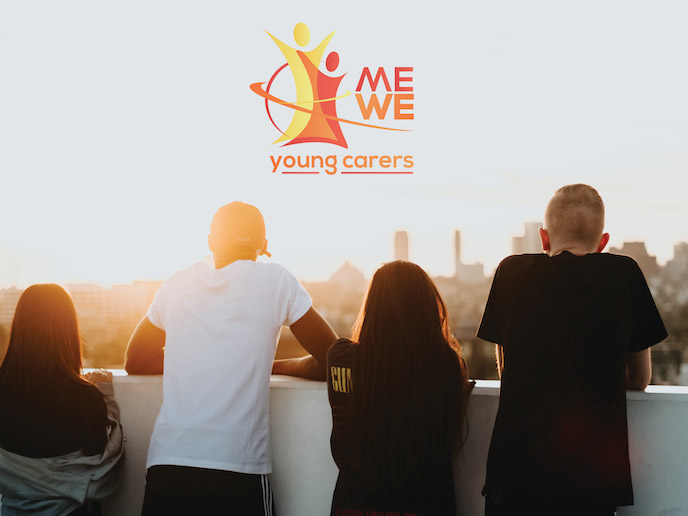Information and medical technologies combined with AI enhance triage of the masses
When unprotected civilians are the target of CBRN attacks, coordination is required among inexperienced and often disconnected entities and agencies, including civilians themselves. The EU-funded TOXI-triage project brought together 19 partners, many of whom are competitors outside the project, to achieve better outcomes for humanity during CBRN crises.
Knowledge is power
The main goal of crisis management is to collect, analyse and distribute accurate and valuable information in real time to all stakeholders and decision-makers so that they can take the most effective actions quickly. According to project coordinator Prof. C. L. Paul Thomas, Chair of Analytical Science at Loughborough University, “a police officer seeking to initiate self-decontamination in the immediate aftermath while waiting for specialist help has completely different information needs than a senior government official seeking to counter a social media disinformation campaign being mounted by bad actors some hours after an incident. Both end users require verified information that is contextually appropriate.”
The devil is in the details
TOXI-triage developed and integrated numerous technologies to address the operational, technological, ethical and societal dimensions of CBRN response and recovery, and to ensure a path to a sustainable CBRN and multiuse system. Tag and Trace technology integrated with traceable point‐of‐care diagnostic tests delivers casualty traceability. The tests detect exposure to many CBRN agents. In a pioneering world-first, metabolites of injury from exposure (volatile organic compounds) in breath, respired skin vapours and saliva can be assessed with a single platform. This technology also provides continuous mapping of a casualty as the person moves from the site of contamination to the site of medical care. “A vital attribute of the technology network is connecting an individual casualty to personal data in almost real time,” says Prof. Thomas. Although not envisioned at project start, TOXI-triage incorporated a ‘test atmosphere generator’ to deliver relevant concentrations of target molecules. As the coordinator explains, “this was a non-trivial challenge and was accomplished successfully. In doing so, the confidence in, and validity of, the subsequent operational tests was enhanced significantly.” Few can be expected to have the detailed knowledge required to handle all types of CBRN catastrophes, particularly amidst the confusion, chaos and poisonous environment. Prof. Thomas states: “The comprehensive field toolbox provides threat identification guidance followed by operational responses – immediate access to state-of-the-art best practice guidance for any end user anywhere in the field.”
Sustainable networks for triage in many contexts
TOXI-triage will enable a first responder to quickly analyse the environment and locate individuals in need, and then screen a casualty’s breath/skin/saliva to monitor the extent of the toxic injury. Prof. Thomas sums up: “We have shown that, soon, every detail of the rescue will be recorded in real time and analysed to optimise the healthcare system’s response and resilience.” In the meantime, continued development of technology and up-to-date training of first responders to CBRN crises require more frequent use of the platform. As Prof. Thomas explains, “TOXI-triage intends its benefits to extend significantly beyond enhanced CBRN resilience to routine use in medical, environmental, urban and search-and-rescue emergencies.”
Keywords
TOXI-triage, CBRN, triage, medical, first responder, crises, real time, civilians, social media, chemical, biological, radiological, nuclear







